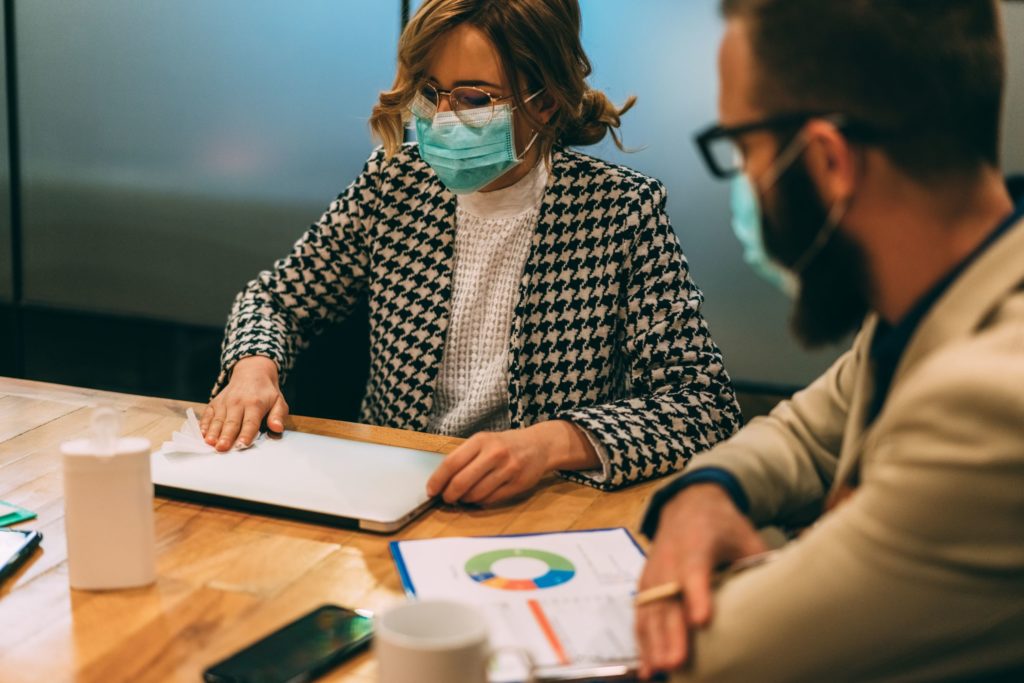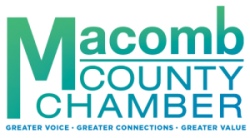
Employers, do you feel prepared to safely transition your workforce back into the work environment? In a recent Tele-Town Hall, hosted by the Detroit Regional Chamber, EY Detroit’s Angie Kelly, Scott Mullan, and Sean Wessman discussed several precautions for employers to integrate into their return-to-work plan to keep employee health and safety top of mind.
Employer Checklist:
-
- Implement testing and self-reporting – this is a critical step in keeping your workforce healthy and safe. Utilize self-reporting, temperature checks, and testing methods to quickly identify who is sick or has been exposed. Screening questions might include:
- How do you feel right now?
- Can you report where you are currently?
- Where have you been in the last 14 days?
- How close to others have you been and for how long?
- Implement testing and self-reporting – this is a critical step in keeping your workforce healthy and safe. Utilize self-reporting, temperature checks, and testing methods to quickly identify who is sick or has been exposed. Screening questions might include:
- Minimize impact – Ensure leadership is prepared to take action if/when an employee tests positive. Your plan should aim to minimize risk throughout the organization by:
- Requiring the individual self-quarantine in accordance with the Centers for Disease Control and Prevention’s (CDC) recommendations.
- Communicating with the rest of the organization that a possible exposure has occurred in the workplace without disclosing personal information. The American’s with Disabilities Act (ADA) privacy rules restrict employers from sharing personal health information, according to the Society for Human Resource Management (SHRM).
- Perform enhanced cleaning and disinfection after suspected or confirmed COVID-19 cases in the workplace.
- Enforce social distancing – Rethink the layout of your workplace to physically separate employees and customers as much as possible. The CDC recommends using signs, tape marks, or other visual cues placed 6 feet apart to indicate where to stand when physical barriers are not possible.
The CDC released new recommendations for employers, building owners, and building operations specialists to create a safe and healthy workplace as employees and clients return to the workplace.
-
- Increase circulation of outdoor air as much as possible by opening windows and doors and using fans.
- Limit use and occupancy of elevators to maintain social distancing of at least 6 feet.
- Replace shared appliances such as coffee pots, water coolers, and bulk snacks, with pre-packaged, single-serving items.
- Stagger shifts, start times, and break times to reduce the number of employees in a common area.
- Require employees to wear a cloth face covering and ask visitors to do the same.
- Clean and disinfect high-touch surfaces frequently, such as workstations, keyboards, telephones, handrails, printer/copiers, drinking fountains, and doorknobs.
- Provide employees with disposable wipes and other cleaning materials to wipe down surfaces before each use.
- Discourage handshaking, hugs, and fist bumps.
- If an employee relies on public transportation to get to work, offer incentives for finding alternate methods such as parking reimbursement or single-occupancy rides such as Lyft. Allow employees to shift their hours so they can commute during less busy times.
While these recommendations aim to create the safest work environment possible, some may be difficult to follow, including elevator and public transit limitations, and whole-day face mask requirements. Many employers are choosing to continue remote operations if possible.
Employers have a responsibility to keep their workforce and customers safe, however, much of this responsibility falls on employees to follow the new safety regulations.
For more recommendations, visit the CDC’s COVID-19 Employer Information for Office Buildings.


